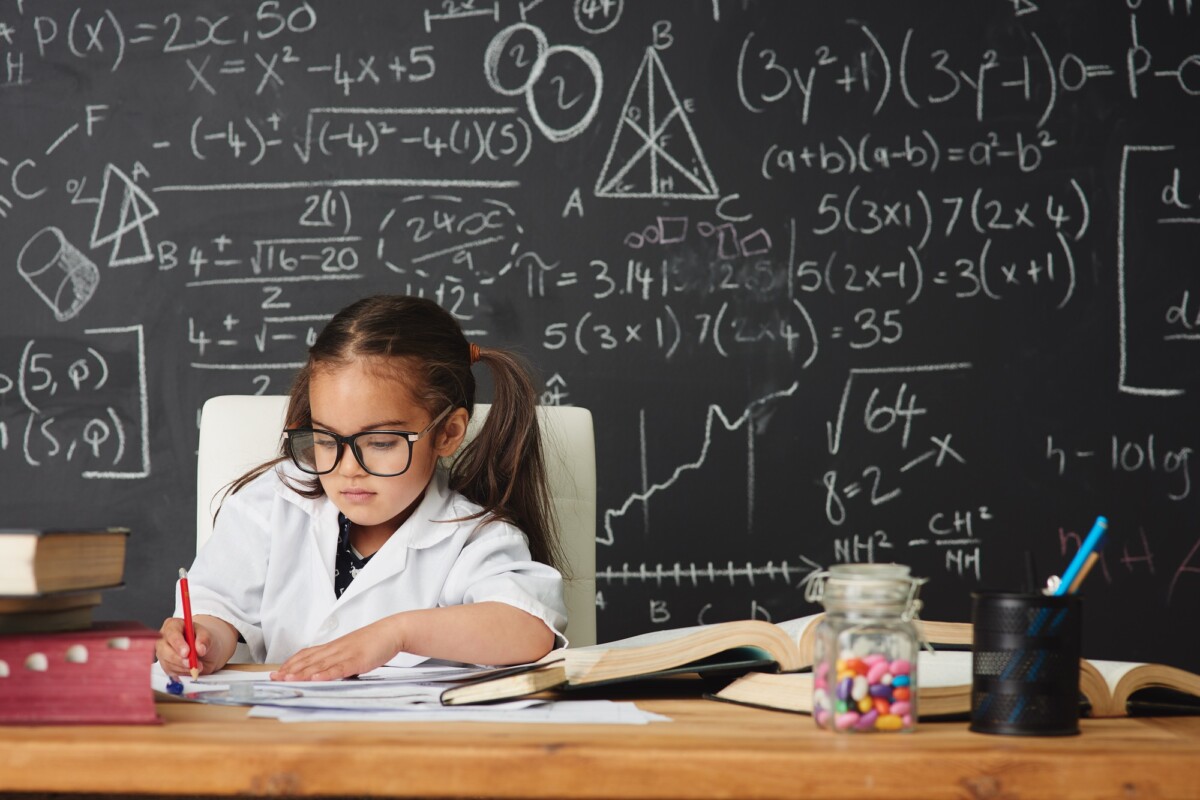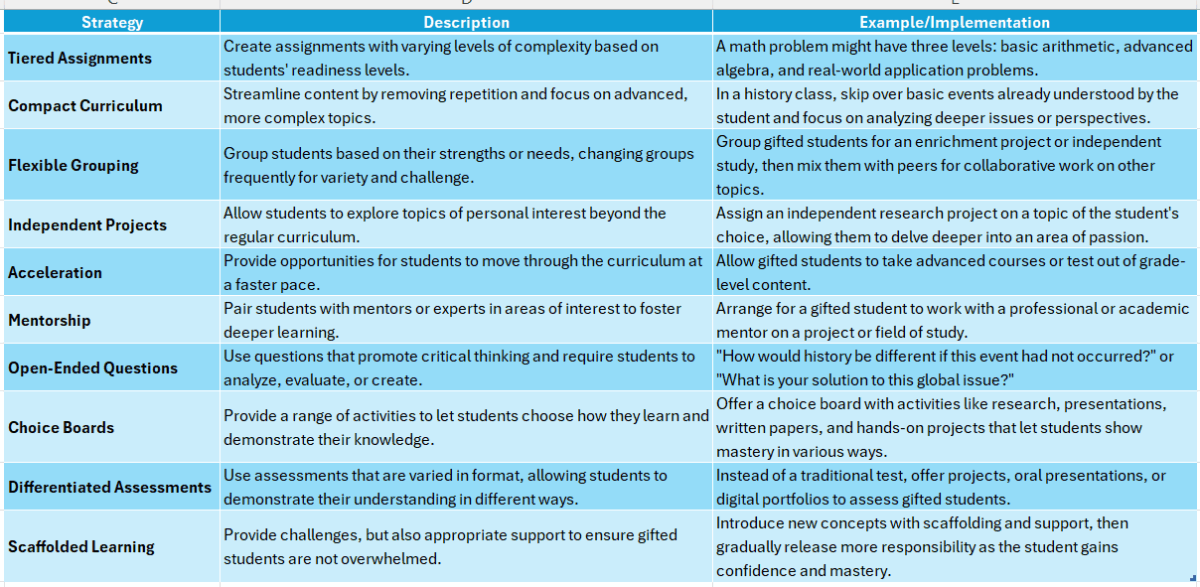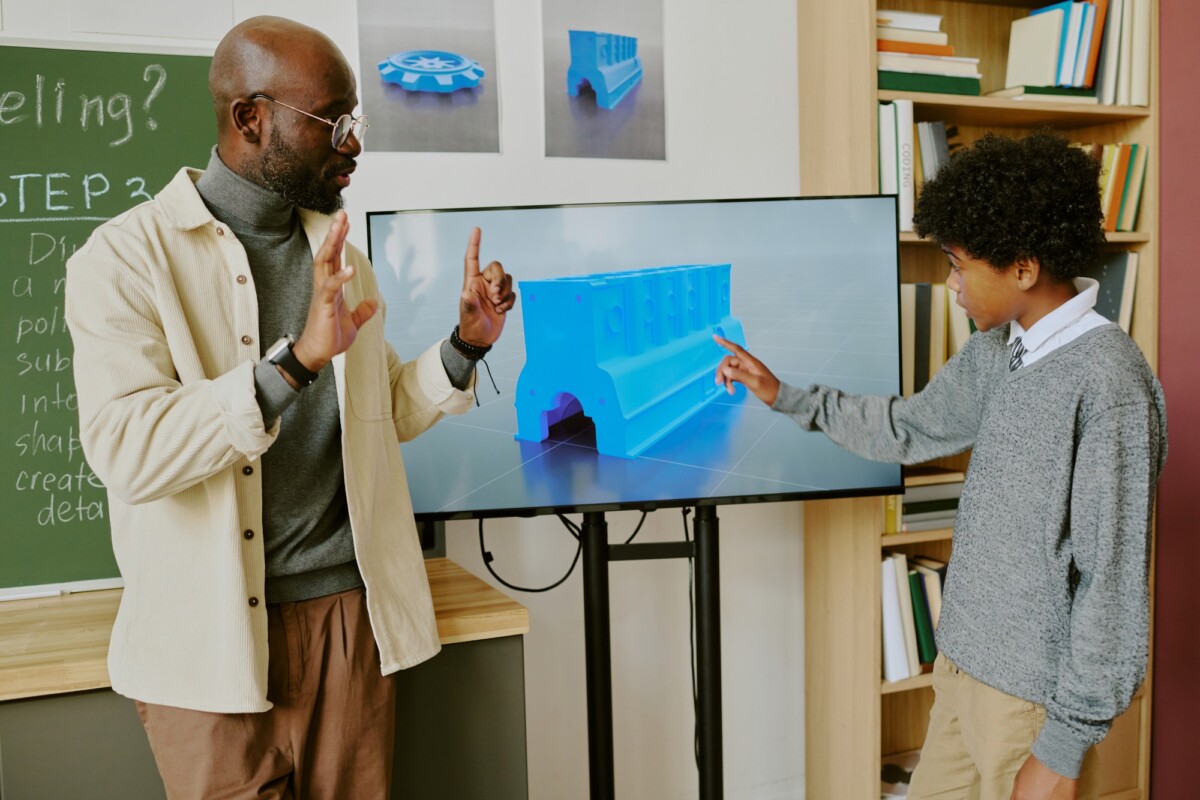
Understanding how to implement differentiated instruction for gifted students is crucial for their academic growth. These high achievers often need more than the standard curriculum to stay engaged and challenged. By tailoring learning experiences, educators can help them reach their full potential and foster a love for learning.
What is Differentiated Instruction?
Differentiated instruction is a teaching approach that adjusts content, process, and products based on students’ needs. For gifted students, this means providing advanced materials and opportunities to explore topics in depth. It’s about recognizing their unique strengths and interests, ensuring they are not just coasting through lessons.
Key Strategies for Challenging Gifted Students
- Community-based instruction: Involve students in real-world projects that connect classroom learning to their communities.
- Asset-based instruction: Focus on students’ strengths and talents, allowing them to lead discussions or projects.
- Flexible grouping: Change groups based on interests or skills, promoting collaboration and peer learning.
By using these strategies, educators can create an engaging environment that challenges gifted students while nurturing their creativity and critical thinking skills.
Study smarter, not harder—Enroll online today!
Why High Achievers Need Unique Challenges

High achievers in the classroom often feel like they’re racing ahead while others are still warming up. This is where differentiated instruction for gifted students comes into play. It’s essential to provide unique challenges that keep these students engaged and motivated. When we tailor learning experiences to their advanced abilities, we help them reach their full potential.
The Importance of Unique Challenges
Gifted students thrive on challenges that push their boundaries. Here’s why they need these unique opportunities:
- Encourages Critical Thinking: High achievers benefit from tasks that require deeper analysis and problem-solving.
- Fosters Independence: Community-based instruction allows them to explore real-world issues, enhancing their learning experience.
- Builds Resilience: Facing and overcoming challenges helps them develop a growth mindset, crucial for future success.
Strategies for Implementation
To effectively challenge gifted students, educators can use asset-based instruction. This approach focuses on students’ strengths, allowing them to:
- Engage in project-based learning that aligns with their interests.
- Collaborate with peers on complex tasks.
- Participate in mentorship programs that connect them with experts in their fields.
By implementing these strategies, we can ensure that high achievers remain motivated and excited about learning.
Strategies for Implementing Differentiated Instruction
Differentiated instruction for gifted students is crucial because it helps high achievers stay engaged and challenged. When students feel stimulated, they are more likely to thrive academically and develop a love for learning. So, how can educators implement effective strategies to meet these unique needs?
Understand Individual Needs
- Assess strengths and weaknesses: Regular assessments can help identify each student’s unique abilities.
- Set personal goals: Encourage students to set their own learning objectives, fostering a sense of ownership.
Community-Based Instruction
- Real-world applications: Integrate community projects that allow gifted students to apply their skills in meaningful ways.
- Collaborate with local experts: Invite professionals to share their knowledge, providing students with insights into various fields.
Asset-Based Instruction
- Focus on strengths: Instead of only addressing weaknesses, highlight what students do well. This approach builds confidence and encourages risk-taking in learning.
- Encourage peer teaching: Allow gifted students to share their knowledge with classmates, reinforcing their understanding while helping others.
By using these strategies, educators can create a dynamic learning environment that not only challenges gifted students but also nurtures their talents. Remember, the goal is to keep high achievers engaged and excited about their education!
How to Assess the Needs of Gifted Learners
Assessing the needs of gifted learners is essential for effective differentiated instruction. These high achievers require unique challenges to stay engaged; without proper assessment, their potential may go untapped, leading to boredom or frustration in the classroom.
Identifying Strengths and Interests
To tailor instruction, begin by identifying each student’s strengths and interests through:
- Surveys: Ask about their favorite subjects.
- Observations: Notice what excites them during lessons.
- Portfolio Reviews: Examine past work to gauge abilities.
Utilizing Community-Based Instruction
Incorporating community-based instruction enhances learning by connecting students with real-world experiences. Field trips or projects with local organizations can spark curiosity and deepen understanding.
Implementing Asset-Based Instruction
Asset-based instruction focuses on the strengths gifted students already possess. By building on these assets, educators can create personalized learning experiences. Consider:
- Group Projects: Encourage collaboration to showcase talents.
- Independent Studies: Allow exploration of topics at their own pace.
By assessing gifted learners’ needs through these methods, educators can provide the challenges they crave, fostering a lifelong love for learning.
Creating a Supportive Learning Environment for Gifted Students
Creating a supportive learning environment for gifted students is crucial. These high achievers often feel out of place in traditional classrooms, where their unique needs may not be met. Differentiated instruction for gifted students helps educators tailor lessons that challenge and engage these learners, ensuring they thrive academically and socially.
Understanding Differentiated Instruction
Differentiated instruction is all about meeting students where they are. For gifted students, this means providing opportunities that push their limits. By using strategies like community-based instruction, teachers can connect lessons to real-world experiences, making learning more relevant and exciting.
Key Strategies for Support
- Asset-based instruction: Focus on students’ strengths and interests to create personalized learning paths.
- Flexible grouping: Allow gifted students to work with peers who challenge them, fostering collaboration and deeper understanding.
- Choice in assignments: Let students choose projects that resonate with them, increasing motivation and engagement.
By implementing these strategies, educators can create a nurturing environment that not only supports gifted students but also encourages them to reach their full potential.
Study smarter, not harder—Enroll online today!
Engaging Gifted Students with Project-Based Learning
Engaging gifted students through project-based learning (PBL) is crucial for their development. Differentiated instruction for gifted students allows educators to create tailored experiences that challenge high achievers, keeping them motivated and excited about learning.
What is Project-Based Learning?
PBL is an educational method where students learn by actively participating in real-world projects. This hands-on approach enables gifted students to explore their interests deeply, fostering collaboration and creativity.
Benefits of Project-Based Learning
- Encourages Critical Thinking: Students tackle complex problems, enhancing their analytical skills.
- Promotes Independence: They take charge of their learning, building confidence.
- Community-Based Instruction: Projects can connect students with real-world issues.
- Asset-Based Instruction: This method highlights students’ strengths, allowing them to shine.
How to Implement Project-Based Learning
- Identify Interests: Discover what excites your gifted students.
- Set Goals: Define clear project objectives.
- Provide Resources: Equip students with necessary tools.
- Encourage Collaboration: Allow teamwork and idea sharing.
- Reflect and Present: Have students present their projects to develop communication skills.
Incorporating PBL into differentiated instruction is vital for nurturing creativity and critical thinking in gifted students, inspiring a lifelong love for learning.
The Role of Technology in Differentiated Instruction
Differentiated instruction for gifted students is crucial because it ensures that high achievers remain engaged and challenged. Without proper stimulation, these students may lose interest in learning. One effective way to enhance this approach is through technology, which can tailor educational experiences to meet individual needs.
Personalized Learning Tools
- Adaptive Learning Software: Programs like DreamBox or IXL adjust to a student’s skill level, providing challenges that are just right for them.
- Online Resources: Websites like Khan Academy offer a wealth of materials that gifted students can explore at their own pace.
Community-Based Instruction
Technology can also facilitate community-based instruction, connecting students with local experts or organizations. This real-world application helps gifted learners see the relevance of their studies, making learning more meaningful.
Asset-Based Instruction
Using technology for asset-based instruction means focusing on students’ strengths. For example, students can create digital portfolios showcasing their talents or projects. This not only boosts their confidence but also encourages them to take ownership of their learning journey. By leveraging technology, educators can provide a rich, engaging environment that nurtures gifted students’ potential.
How Scholarship.Education Can Support Your Differentiation Efforts
Differentiated instruction for gifted students is crucial for nurturing their unique talents and abilities. High achievers often feel unchallenged in traditional classrooms, leading to disengagement. By implementing tailored strategies, educators can create an environment where these students thrive and reach their full potential.
At Scholarship.Education, we understand the importance of meeting the diverse needs of gifted learners. Here’s how we can help you enhance your differentiation efforts:
Community-Based Instruction
- Real-World Connections: We offer resources that integrate community-based instruction, allowing students to apply their skills in meaningful contexts.
- Collaborative Projects: Engage gifted students in projects that connect them with local organizations, fostering teamwork and real-world problem-solving.
Asset-Based Instruction
- Focus on Strengths: Our approach emphasizes asset-based instruction, recognizing and building on each student’s strengths.
- Personalized Learning Plans: We provide tools to create individualized learning plans that challenge gifted students while respecting their unique learning styles.
By utilizing these strategies, educators can effectively challenge high achievers and keep them engaged. At Scholarship.Education, we are committed to supporting teachers in creating dynamic learning experiences that inspire gifted students to excel.
Study smarter, not harder—Enroll online today!
FAQs
1. What is differentiated instruction for gifted students?
Differentiated instruction for gifted students involves adapting teaching methods, content, and learning environments to meet the unique needs, abilities, and interests of students who show exceptional talents or abilities.
2. Why is differentiated instruction important for gifted students?
Gifted students often need more advanced challenges and a faster pace to stay engaged. Differentiating instruction ensures they are appropriately challenged without being bored or under-stimulated.
3. How does differentiated instruction benefit gifted students?
It provides opportunities for enrichment, allows for independent learning, promotes deeper thinking, and helps students develop skills they may not be exposed to in a traditional classroom setting.
4. What are some strategies for differentiating instruction for gifted students?
Some effective strategies include:
-
Compact the curriculum to skip over content the student already knows.
-
Offer complex tasks that involve higher-order thinking skills.
-
Allow for independent study or project-based learning that aligns with the student’s interests.
-
Group gifted students together for more challenging and advanced discussions or activities.
5. How can I assess the needs of gifted students for differentiated instruction?
Start by identifying each student’s strengths, interests, and areas for growth. Use pre-assessments, observe their work, and communicate with parents or specialists to tailor learning experiences accordingly.
6. Can differentiated instruction be used in a mixed-ability classroom?
Yes! Differentiated instruction works well in classrooms with students of varying abilities, allowing teachers to adjust tasks and activities so all students, including the gifted, are challenged at an appropriate level.





